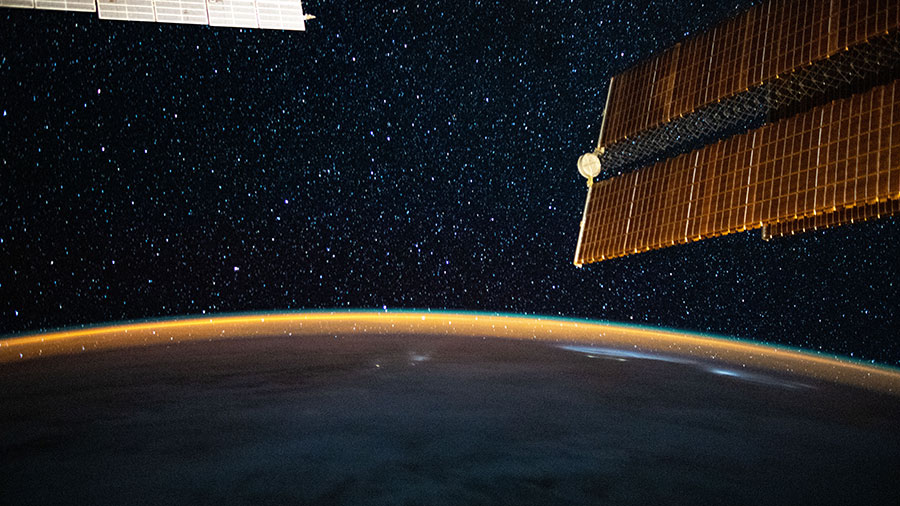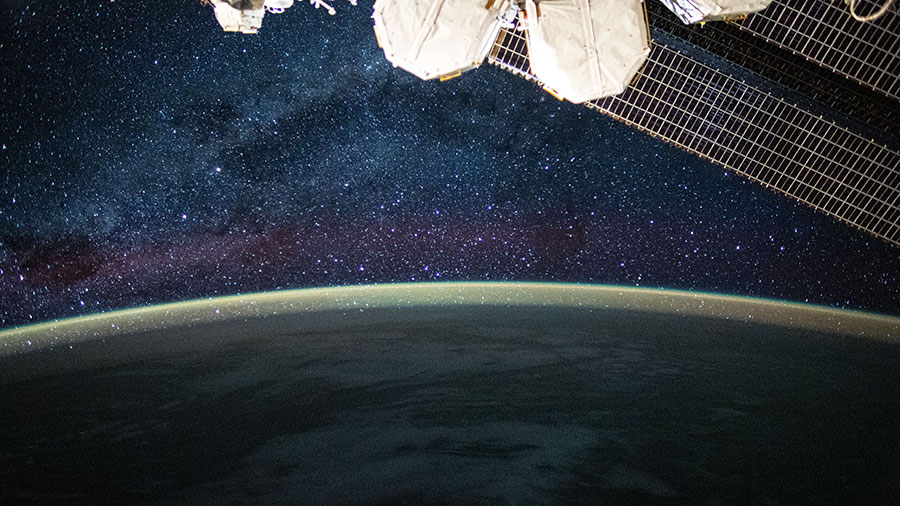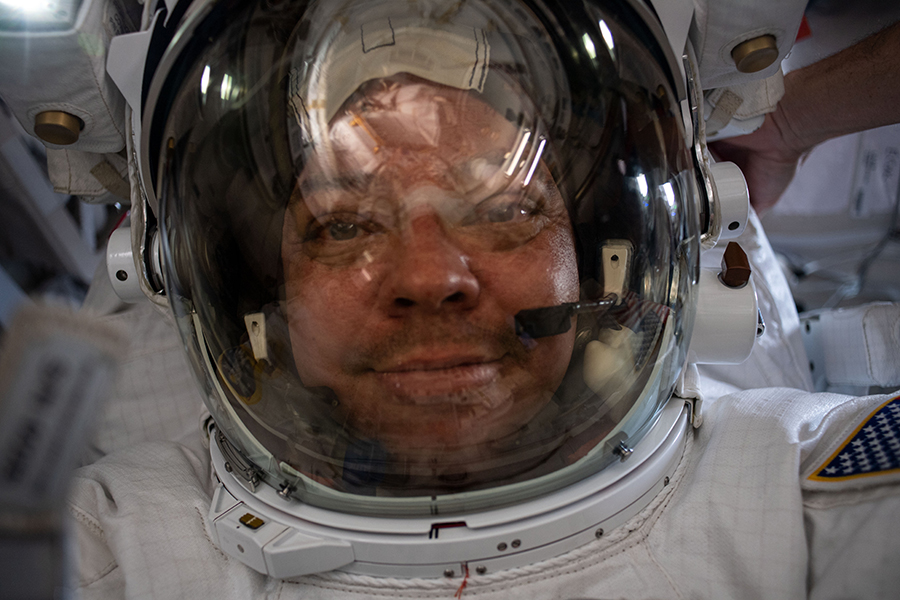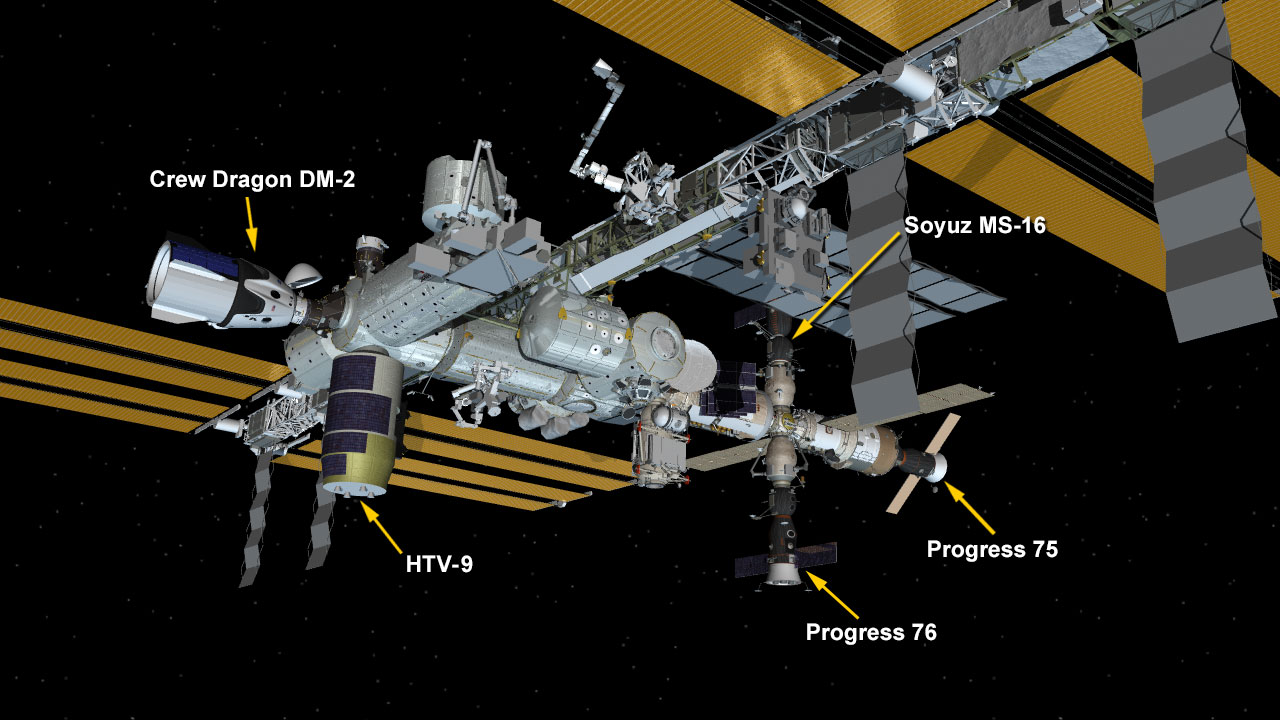NASA and SpaceX mission managers met Thursday night and are proceeding, weather permitting, with the return to Earth of two astronauts. Meanwhile, space research to improve life for humans on and off the planet kept the Expedition 63 crew busy today.
Flight Engineers Doug Hurley and Bob Behnken are packing up to end a two-month mission aboard the International Space Station. They are scheduled to board the Crew Dragon spacecraft and undock on Saturday evening from the Harmony module’s international docking adapter. The duo would splashdown on Sunday wrapping up NASA’s first crewed mission since 2011. NASA TV will provide continuous coverage of the departure and Earth return activities.
The veteran astronauts also completed their science assignments today that saw studies into unique fluids, biomedicine, autonomous robotics and more. However, Commander Chris Cassidy, who is staying in space until October, was busy all-day researching water droplets, observing extreme temperatures and sequencing microbial DNA.
Hurley serviced science freezers that preserve biological samples for later analysis. He finally powered down the Astrobee free-flying robots that will soon see students competing to create the best algorithms to control the devices. Behnken finalized his work observing microgravity’s effects on water droplets to improve conservation and pressure techniques.
The orbiting lab’s two cosmonauts from Roscosmos, Anatoly Ivanishin and Ivan Vagner, continued their schedule of science and maintenance today. Ivanishin worked on a variety of communications gear during the morning before activating Russian radiation detectors in the afternoon. Vagner once again photographed Earth landmarks today then sampled the station’s air and surfaces to analyze and identify microbes.









